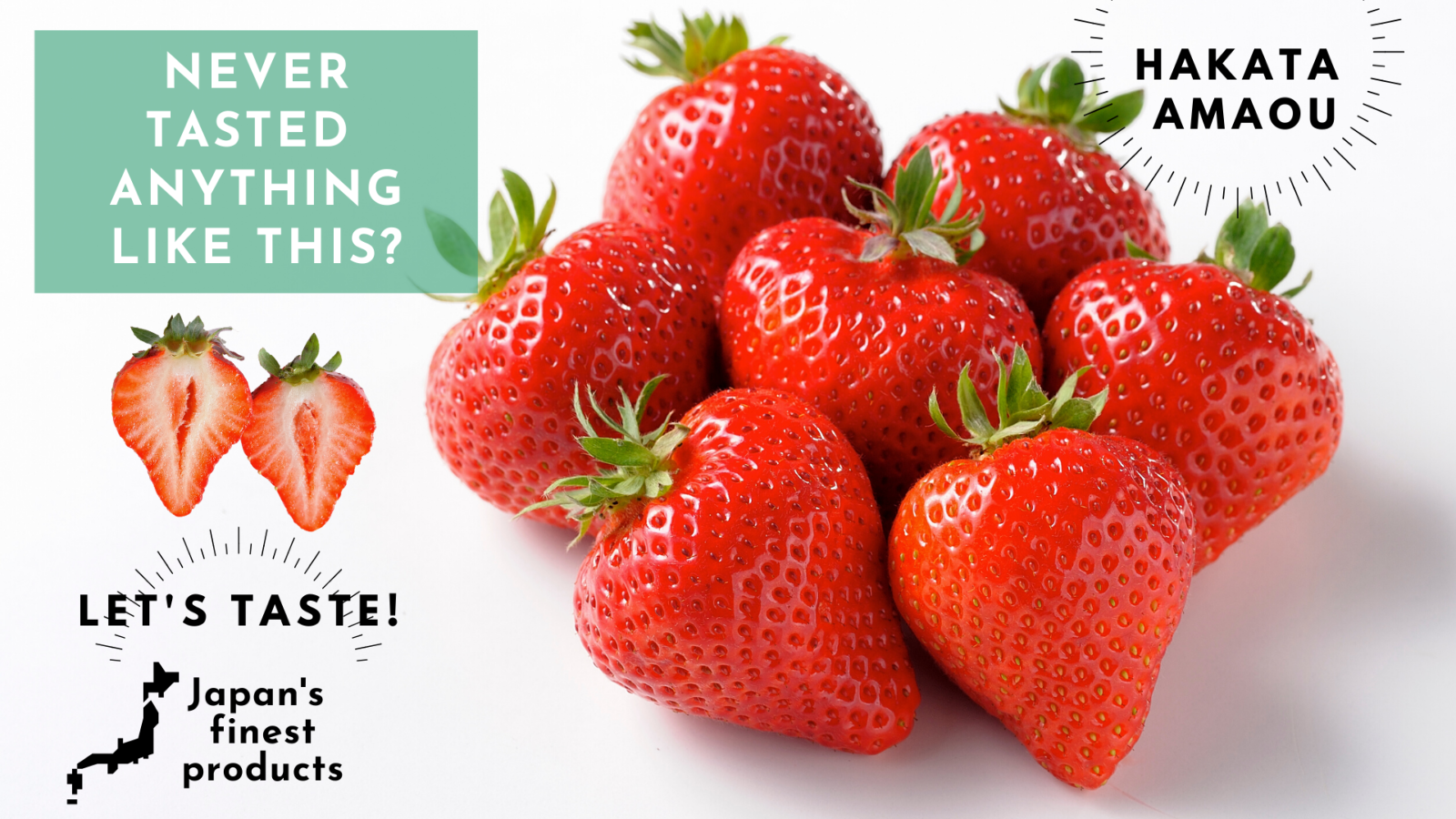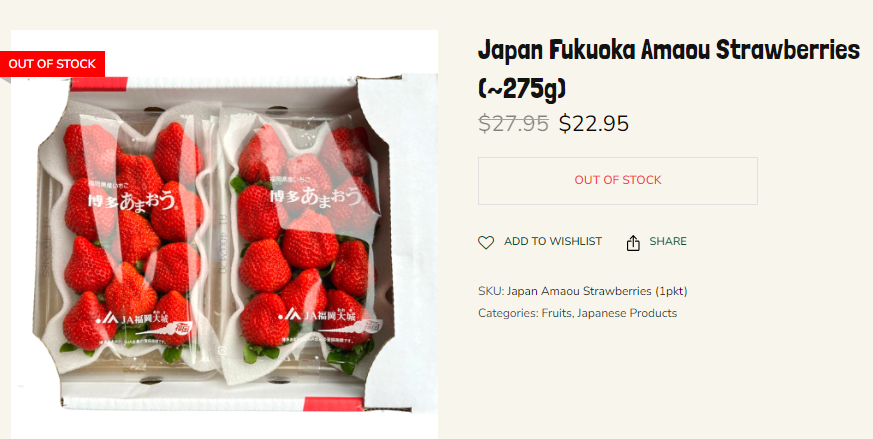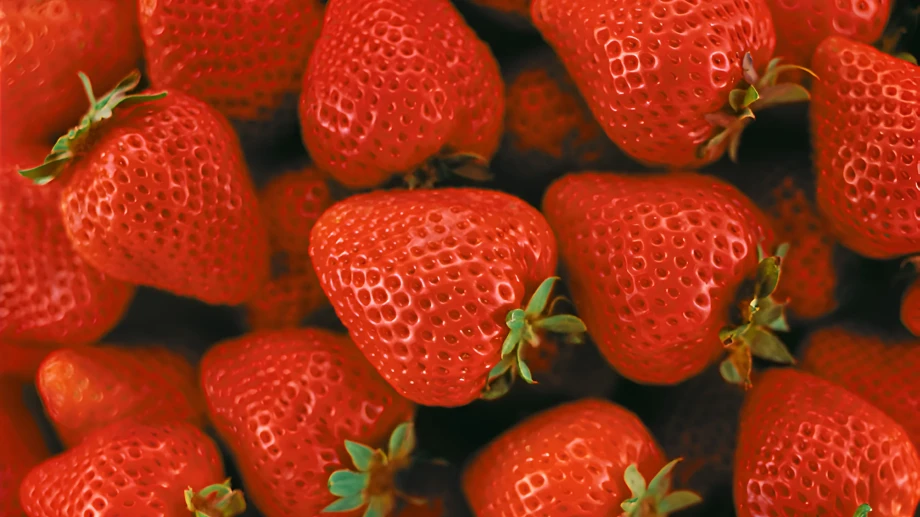If you are a fan of berries, then the Japanese Amaou and Satonishiki strawberries are definitely a treat you must try at least once in your life. With their distinctive flavour and irresistible sweetness, these strawberry varieties offer a unique taste experience that will leave you speechless. But they hide a secret, and perhaps it is not so easy for everyone to taste them at least once.
Amaou strawberries: unparalleled sweetness from Japan
Amaou strawberries are known for their intense sweetness and delicious aroma. Grown mainly on the island of Kyushu in southern Japan, Amaou are characterised by a large, round shape with a shiny, glossy surface. Their flesh is juicy and tender, while their flavour is a perfect combination of sweet and slightly sour. Once you have tasted an Amaou strawberry, you will hardly forget its richness of flavour.
One of the distinctive features of Amaou strawberries is their intense red colouring, which makes them not only delicious to eat, but also beautiful to look at. These strawberries are widely used in Japanese cuisine to decorate desserts, make jam and ice cream, or simply served fresh as a dessert.
 Foto: Nikkei Asia
Foto: Nikkei Asia
And the name evokes its characteristics perfectly, it is in fact an acronym made up of Japanese adjectives describing the fruit: Akai (red), Marui (round), Ookii (big), Umai (tasty).
What will happen in 2025?
One of the problems that are jeopardising the future of these unique strawberries is the age of the growers, who are getting older and older and cannot find anyone to continue their work. According to a 2017 survey, 37 per cent of Amaou strawberry growers were 65 years old or older, and the number of Amaou growers has decreased by 13 per cent in 10 years to 1,474 in the 2021 fiscal year - from April 2021 to March 2022. The land used for Amaou cultivation also decreased from about 347 hectares in FY2011 to about 305 hectares in FY2021.
Complicating the Fukuoka Prefecture strawberry business is the planned end of the Amaou monopoly after 2025. From then on, anyone will be able to grow the fruit. Although the Amaou brand is a protected trademark, strawberries grown in other prefectures from the same seedlings may start to appear on the market.
Strawberry Satonishiki: the traditional Japanese taste
Satonishiki strawberries offer a taste of traditional Japanese flavour. Grown mainly in the Tohoku region of northern Japan, Satonishiki are characterised by a conical shape and a lighter shade of red than Amaou. Their flesh is soft and juicy, with a sweet, slightly tart flavour reminiscent of fresh, natural fruit flavours.
Satonishiki strawberries are particularly appreciated for their tender texture and balanced flavour. They can be eaten on their own as a healthy snack or used in a variety of recipes, such as pies, fruit salads and salads. Their versatility in the kitchen makes them a valuable ingredient for anyone who likes to experiment with flavours and textures.
Unique taste experience

Whether you prefer the intense sweetness of Amaou strawberries or the traditional flavour of Satonishiki strawberries, the taste experience offered by these Japanese varieties is truly unique. Each bite will take you on a journey of flavours and sensations that will leave you wanting more.
If you are a berry lover looking for an unforgettable culinary experience, don't miss the chance to try the Japanese Amaou and Satonishiki strawberries. Their superior quality and delicious taste make them a culinary treasure to appreciate and share with those you love.
Where to buy them
Japanese Amaou and Satonishiki strawberries are generally sold in packages containing varying numbers of fruits, depending on consumer preference and shop policies. They are usually available in supermarkets, specialised markets, high-end fruit and vegetable shops and, in some circumstances, can also be purchased online through specialised retailers or directly from the producers.
Prices of Amaou and Satonishiki strawberries can vary depending on seasonality, geographic region and product quality. In general, however, these strawberries tend to have a higher price than the common varieties, due to their superior quality, unique taste and the import often entailing additional costs.
In the Japanese market, for example, Amaou and Satonishiki strawberries can be sold at prices ranging from a few hundred yen for a package containing a few fruits to higher figures, especially for high-quality strawberries or larger packages.
Not only Japan
Abroad, where these strawberries are imported, prices can be slightly higher due to transport costs and additional expenses associated with importation. However, consumers who wish to savour the unique experience offered by these strawberries are often willing to invest in them, considering them a gourmet luxury worth trying at least once in a lifetime.
Japanese strawberries, including various types such as Amaou and Satonishiki, are imported into several countries around the world. Some of the main importing countries include:
- United States: Japanese strawberries are popular in the United States, especially in regions with a large population of oriental consumers. Large cities such as New York, Los Angeles and San Francisco often offer specialised markets or ethnic grocery shops where strawberries imported from Japan can be found.
- China: With the growing interest in high-end and luxury food products, China has become an important market for Japanese strawberries. Amaou and Satonishiki strawberries are particularly sought after by Chinese consumers who appreciate high quality products and are willing to pay more for them.
- Canada: Also in Canada, Japanese strawberries are available in some specialised shops and ethnic markets, mainly in large cities such as Toronto and Vancouver, where there is a strong Japanese community and demand for food products.
 Amaou strawberries sold in Singapore at Eur 60/kg
Amaou strawberries sold in Singapore at Eur 60/kg
The forbidden strawberry
Amaou strawberries are so unique that Japan's Ministry of Agriculture, Forestry and Fisheries has included them in a 2021 list of 1,975 indigenously developed fruit and vegetable varieties whose seeds and seedlings cannot be taken out of the country. The law aims to better safeguard intellectual property related to the development of new seeds and was also strongly supported by Prime Minister Yoshihide Suga, the son of a strawberry grower.









